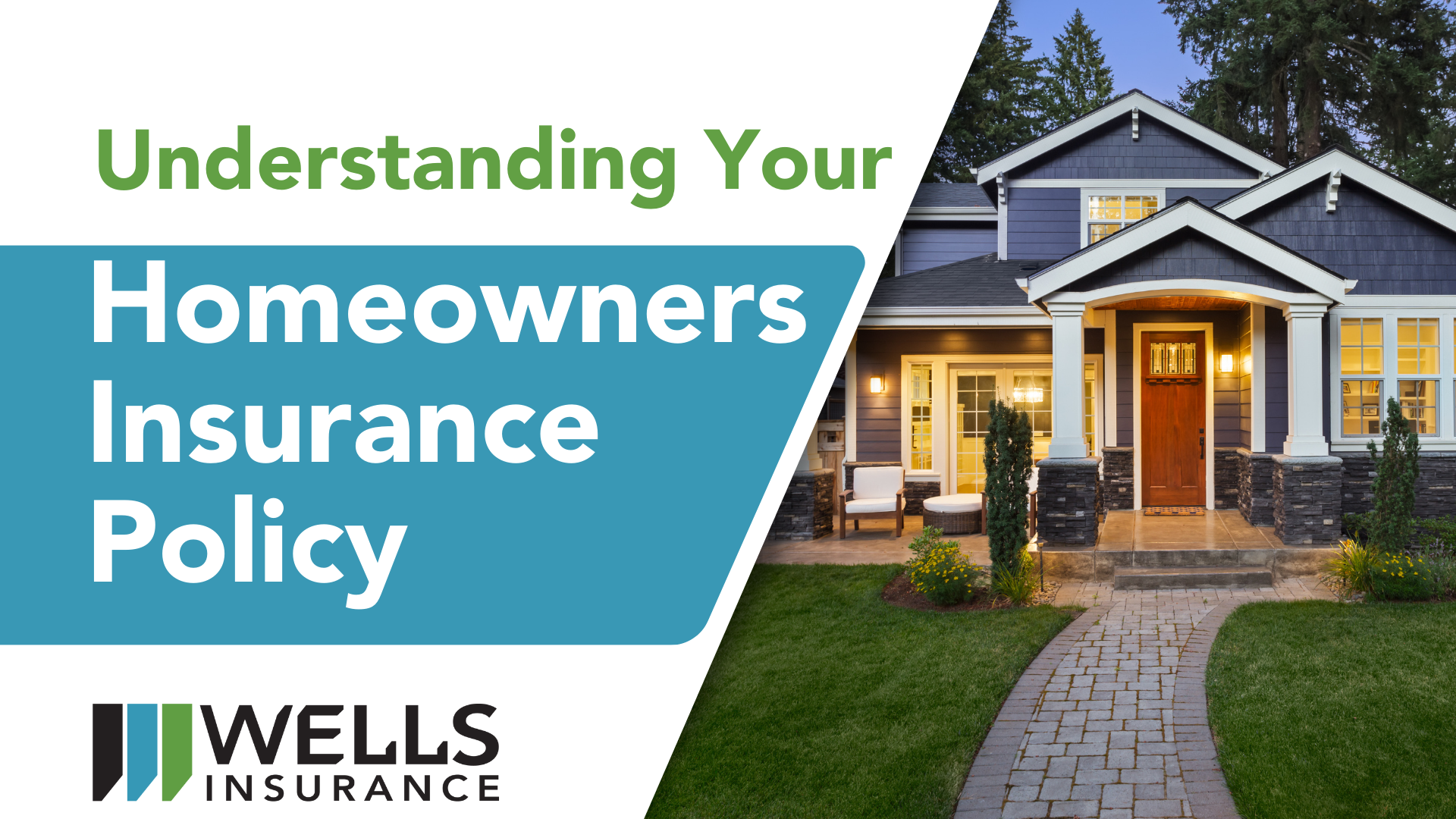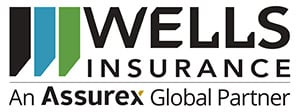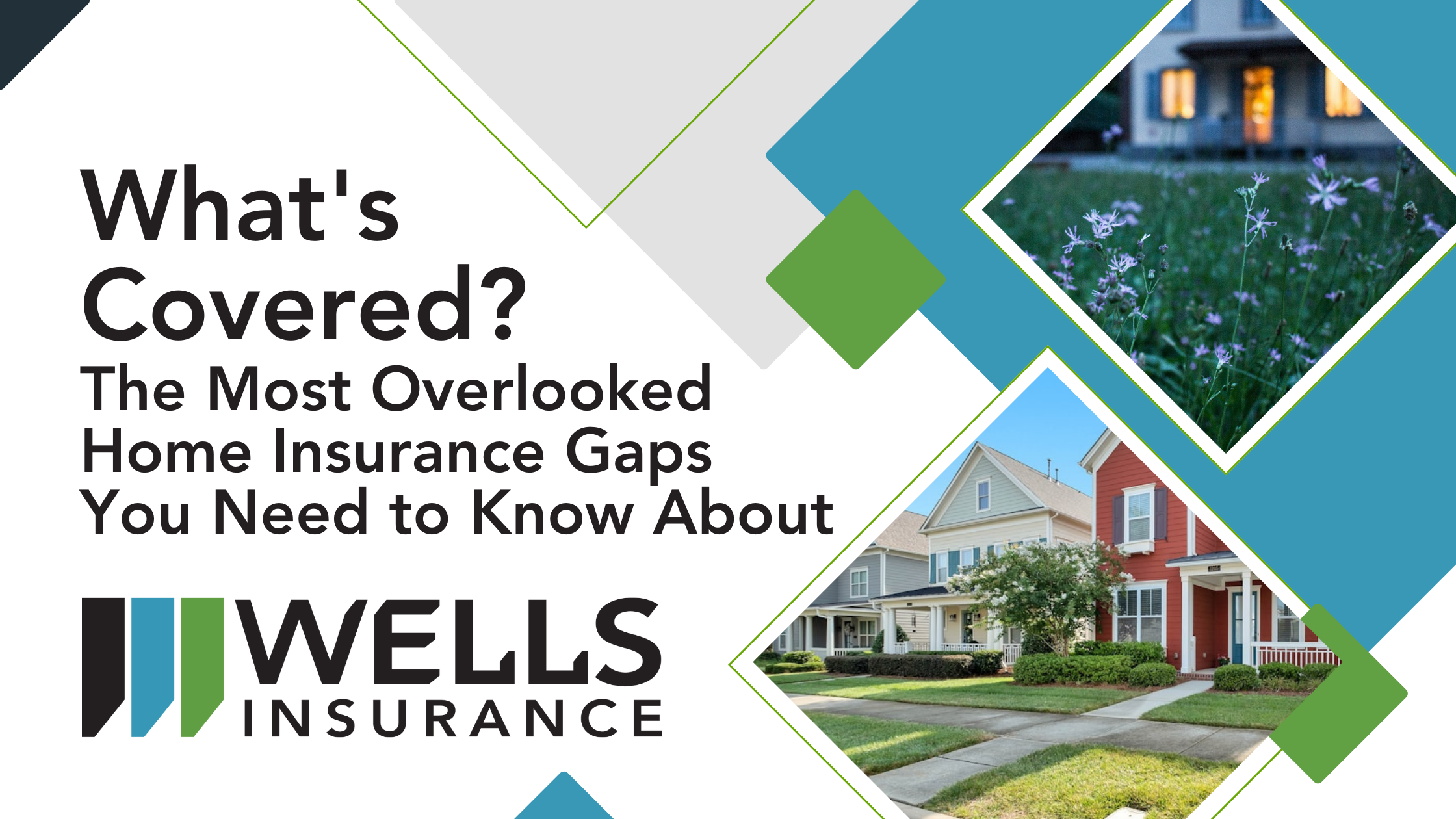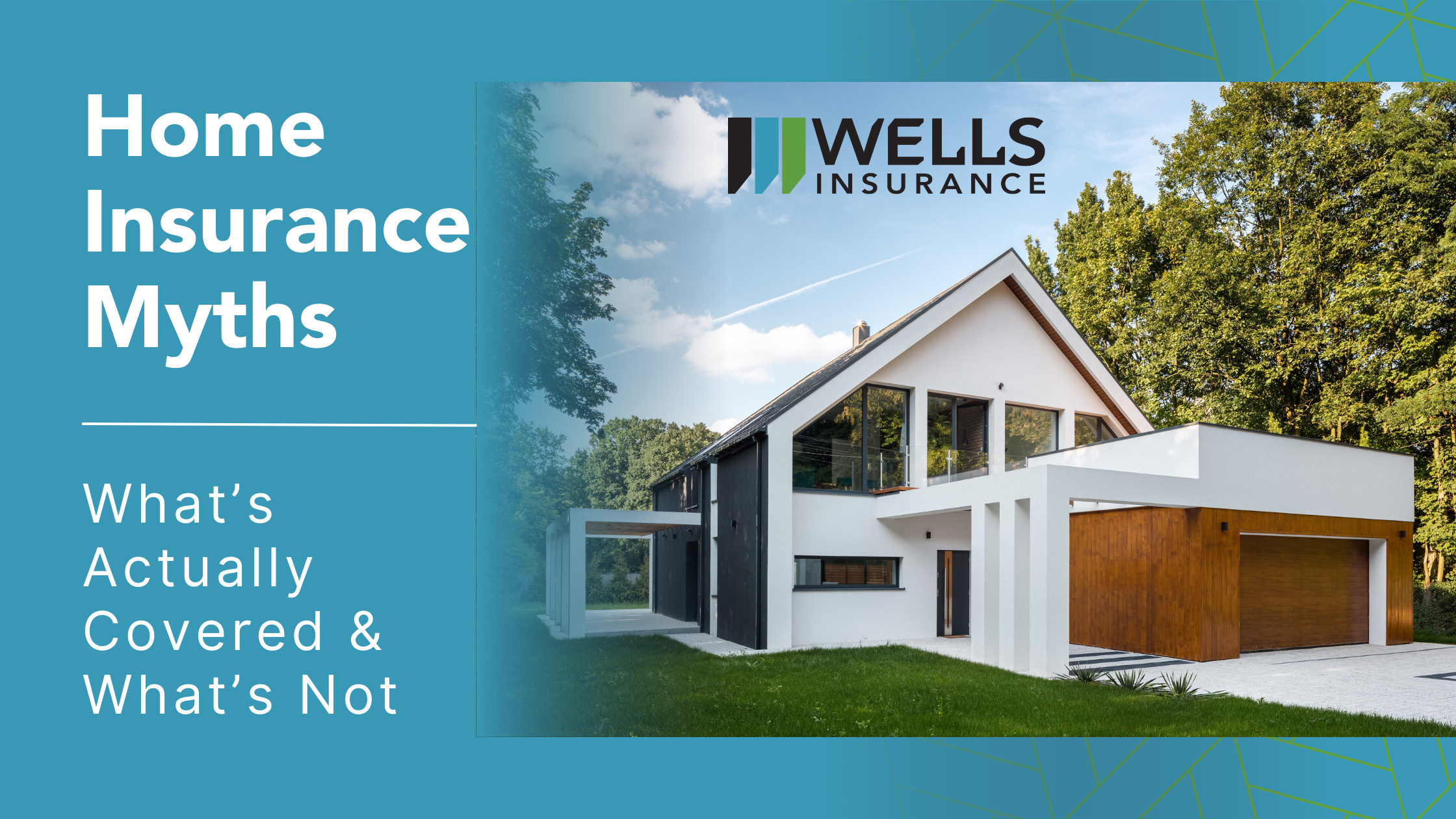Understanding the Different Parts of a Homeowners Insurance Policy

The most commonly purchased form of coverage among U.S. residents is homeowners insurance. Homeowners insurance is available to provide a vital financial investment to protect your house, your family, and your assets. A homeowners policy can be complicated though, and though they may all seem similar, there can be big differences in their details and capabilities. It is up to the policy holder to ask all the right questions, learn exactly what is covered, and and thoroughly understand your policy and the coverage you have.
Different Types of Homeowners Insurance Policies
When it comes to homeowners insurance policies there are several types to choose from. The financial recovery following a loss will be determined by the form that you select. Certain policies may only cover the structure and others will include extra provisions and protections. Some will also have more extensive financial assistance when it comes to certain specific losses. The following will provide more details regarding the HO-3 homeowners insurance policies.
An Overview of HO-3 Homeowners Insurance
HO-3 homeowners insurance policies are the most common type of homeowners coverage according to the National Association of Insurance Commissioners. By casting a safety net across several risks and exposures that can affect your home, this form of insurance also provides coverage for many aspects of your life. Below are the primary aspects of the HO-3 policies.
- Dwelling coverage — The HO-3 dwelling coverage provides financial assistance if the physical structure of your home, which can include coverage for the roof, walls, floors, foundations and attached appliances, is damaged or destroyed by a covered peril.
- Other structures coverage — Additional structures on your property other than your primary residence, such as detached garages, tool sheds, gazebos, guest houses and fences can be included in this type of coverage.
- Contents coverage — If you have personal belongings that need coverage including furniture, clothing and electronics, this coverage can provide financial assistance for losses.
- Loss-of-use coverage — If damage occurs to your home or it becomes uninhabitable temporarily, due to a covered event/loss this part of your HO-3 insurance policy can help pay for resulting expenses, including dining at restaurants or staying in hotels. It may also compensate you for lost income if you rent out part of your home but are unable to collect rent due to property damage.
- Liability coverage — If you, your family, or even your pets caused bodily injury and/or property damage to someone on your property this coverage can cover financial loss such as the affected party’s medical bills or lost wages. This coverage also provides financial assistance for legal expenses arising from such incidents.
Common Endorsements or Additional Coverages for HO-3 Homeowners Insurance
While the main components of HO-3 homeowners coverages can offer monetary protection in many situations, everyone should also work closely with a professional insurance agent to comb through your existing coverage and reveal any gaps in your coverage. There are several forms of losses that may be excluded from standard HO-3 policies, meaning you would have to pay out of pocket.
By purchasing endorsements you can pad out your current policy with additional coverages. Since most of these occurrences are not covered by a typical policy, these investments can prove invaluable in covering atypical losses. Common endorsements to consider include the following:
Water/sewer backup coverage — Backed up plumbing or sewer lines can cause water damage. This endorsement can help recoup your losses.
Scheduled property coverage — Particularly valuable items, such as jewelry, art and collectibles, may require this endorsement to be fully covered, seeing as typical contents coverage generally included in standard HO-3 policies have limits.
Service line coverage — This endorsement can help cover the cost of repairs or replacement if your phone, power, sewer, gas lines or water pipes are damaged on your property.
Flood coverage — Property damage from external water entering your home, due to flooding, is often not generally covered under a standard policy. You should speak with your insurance agent to see if your home includes or even qualifies for a flood policy endorsement. You will most likely need to purchase a stand-alone flood insurance policy, which your agent should be able to assist you with.
Earthquake coverage — Typically excluded from HO-3 policies, earthquake loss coverage requires an endorsement to your homeowners insurance or acquiring a separate earthquake insurance policy.
Windstorm coverage — Talk to your agent about purchasing a windstorm insurance policy to gain appropriate coverage. If you live in areas prone to tornados and hurricanes, you may not be covered for losses arising from severe windstorms. You may want to add a windstorm endorsement, if available in your area, or Acquire Optimal Coverage
It’s impossible to to be sure that you are completely protected if you don't know or understand your homeowners insurance policy. We encourage everyone to work with a qualified insurance professional to assess your circumstances, explore your options, and assemble the necessary ideal homeowners coverage.
Contact Wells Insurance to discuss your coverage and options today!
910.762.8551
insurance@wellsins.com


